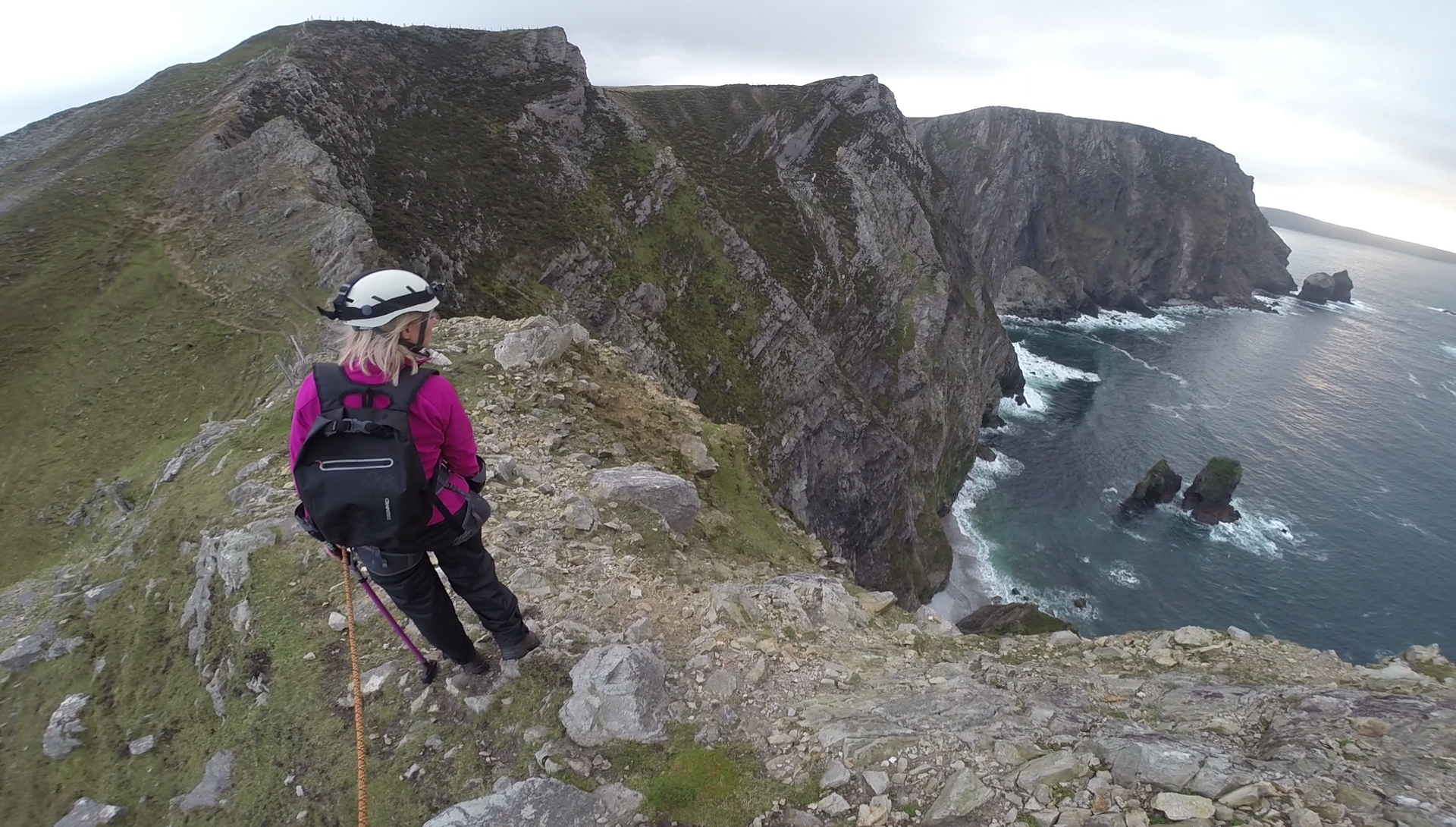So, you are off on your first ski holiday! The big question is which ski wear should you purchase and so that you don’t look like a complete novice on the slopes? You need to look good, to feel good but without buying or packing unnecessary items. At the Outdoor Adventure Store, we have years of experience in kitting out both novice and avid skiers.
So, before you take to the piste and embrace that first exhilarating swoop down the slopes, follow our simple and sensible guide to ski trip essentials. Be warm, be safe and look awesome too!
Don’t go crazy on expensive gear and clothing. Unless you are absolutely certain that you will be skiing in the future, it is advise-able to rent what gear you can at your ski resort. Check the prices before you leave home though, as purchasing may be a more acceptable option.
Helmet: Helmets are not optional. Skip the ski helmet and you might as well hang an L plate on your back, as you rock a dual Loser/ Learner look! Check with the resort as helmets may be available to rent with the skis. If not available, or if costly, then buy before you go. A helmet keeps your head and ears warm while on the mountain.
Goggles: Good ski goggles are not just for admiring the views without contracting a case of infamous snow blindness! Ski goggles are for your safety but also protect your eyes from harmful UV rays, much like sunglasses do.
Outwear and Layering: To fully enjoy the experience of skiing, you definitely need the right clothing. Shivering in the snow is not fun! Rummage through the wardrobe and see what you have that might work already but accept the likelihood that you will need to buy some items. Choose carefully and always remember that the key to comfort is to dress in layers. We recommend, a base layer, a mid-layer and then a thick waterproof outer layer.
Base Layer: This is an insulating layer of clothing worn next to your skin. Sometimes, wrongly referred to as thermals. Call them what you want, the base layer is essential and cannot be scrimped on. Cleverly designed to regulate your body temperature by moving moisture away from your skin, keeping your dry and allowing you to stay warm and happy in the icy mountain slopes.
Mid Layer: The mid-layer should be the most versatile piece of clothing you wear. It should be easy to take off and re-add as temperatures and aerobic output alternate. This is where you can add anything from a polo neck sweater to an insulating shirt, or a gilet. Warmth without weight is the key, as you trap air between the layers. Yet, no matter how good your mid-layer system is, it is pretty useless if it is layered over a low-quality base layer.
Outer Layer: A good ski jacket is a great investment, not just for the once in a lifetime ski trip, but for all your winter outdoor activities. Maximum style, maximum warmth and comfort. The outer jacket should be waterproof and while the variety of ski jacket styles are vast, we recommend buying a proven brand name jacket. It is worth the investment. Be warm or be miserable folks!
Ski pants/Trousers: Ok, Face it folks, as novices, you are probably going to fall at some stage. If you have to spend time falling on your rear end, it might be a good idea to keep it well covered. An excellent pair of ski pants offer insulation, waterproofing, thermal protection and freedom of movement and you need all that when rolling gracefully in the snow! Go for something a bit looser than your normal trousers and make sure that that fit over your ski boots.
Socks: It sounds weird, but thin socks are best as they keep you warmer and bulky socks do just that… they bulk up causing painful creases and making your feet cold. Merino wool socks are advisable, or try out Langdons snow sport socks as they longer in length and elasticated for a good hold.
Gloves: Buy a good pair of ski gloves. It’s an investment that you will not regret. The difference between having frozen fingers and toasty hands is in direct proportion to your level of enjoyment and safety. Ski gloves should be waterproof, breathable and with a knitted cuff to stop the snow getting inside.
Boots: Rental ski boots are not always comfortable but the cost of purchasing ski boots for your first trip is prohibitive. Buy good socks and ensure you have well-fitting walking boots for when you are not skiing.
Fashion extras: It is important to look chic on the slopes. So why not team your new ski jacket with a cute beanie, a matching neck gaiter or some fetching ear warmers. Accessories to feel good. One of the most exciting sports in the world awaits your discovery. There is no doubt that once you have sampled the thrill of a ski holiday, the adrenalin pumping ski slopes and the fun of Après –ski socialising, you will immediately plan your return to the snowy mountain trails. For this first time, though, you need not spend a fortune on kitting you and the family for your life changing adventure. Sensible shopping on investment pieces and careful choosing of what is already available to you, will see you comfortable, warm and stylish in the snow.
Our staff at Outdoor Adventure Store are more than happy to help you plan for this amazing adventure. Call in and see our range of awesome ski gear or check us out our online.











